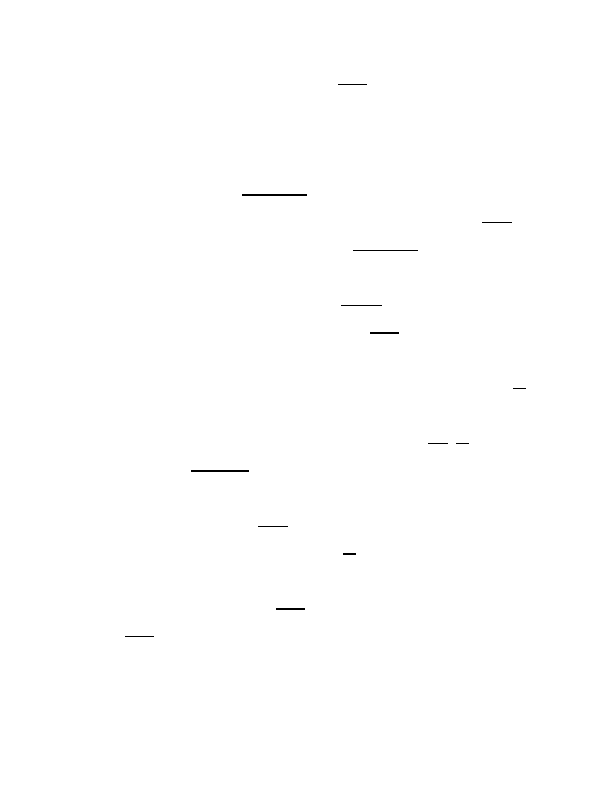
The invention presented to the Court in Diehr was a “physical and chemical
process for molding precision synthetic rubber products” where the process steps
included using a mathematical formula. The Court held that the invention fit the
“process” category of Section 101 although mathematical calculations were involved,
and repeated its observation in Chakrabarty that “courts should not read into the patent
laws limitations and conditions which the legislature has not expressed.” Diehr, 450
U.S. at 182 (internal quotation marks omitted) (citing Chakrabarty, 447 U.S. at 308).
The Court distinguished a claim that would cover all uses of a mathematical
formula and thus is an abstract construct, as in Benson, from a claim that applies a
mathematical calculation for a specified purpose, as in Diehr. The Court stated that “a
claim drawn to subject matter otherwise statutory does not become nonstatutory simply
because it uses a mathematical formula, computer program, or digital computer,” id. at
187, and explained that the line between statutory and nonstatutory processes depends
on whether the process is directed to a specific purpose, see id. (“It is now
commonplace that an application of a law of nature or mathematical formula to a known
structure or process may well be deserving of patent protection.” (emphasis in
original)). The Court clarified that Flook did not hold that claims may be dissected into
old and new parts to assess their patent eligibility. Id. at 189 n.12.
However, the Court did not propose the “machine-or-transformation” test that this
court now insists was “enunciated” in Diehr as a specific limit to Section 101. Maj. op.
at 10. In Diehr there was no issue of machine or transformation, for the Diehr process
both employed a machine and produced a chemical transformation: the process was
conducted in “an openable rubber molding press,” and it cured the rubber. In
2007-1130
10

